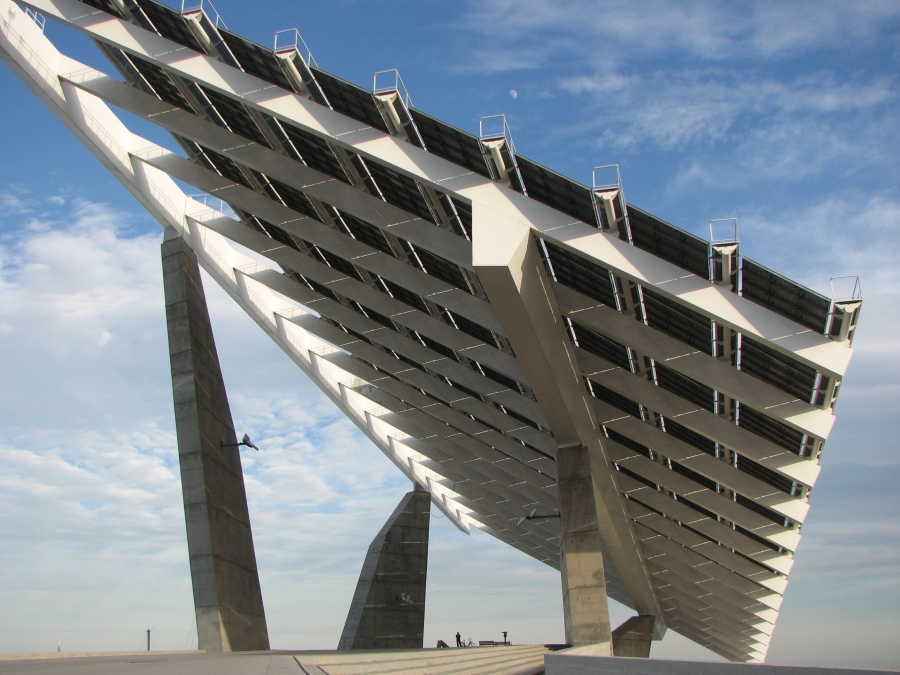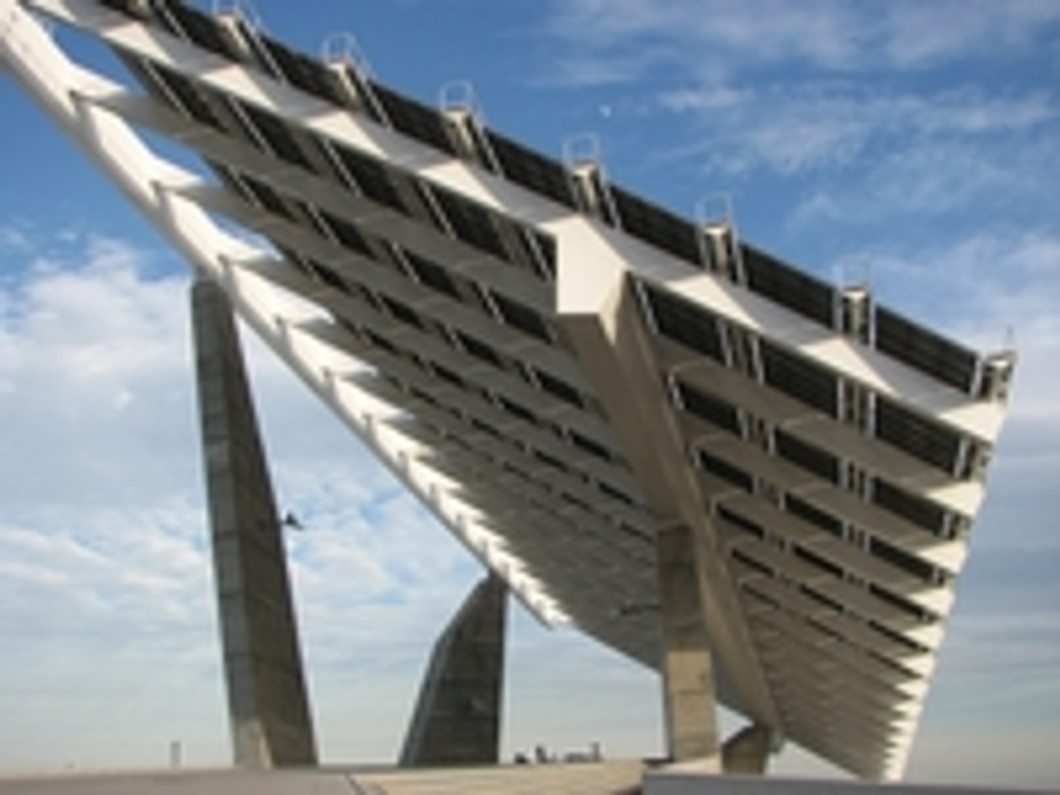How Solar Energy Works

Nearly everyone has benefited from the use of solar energy at some point in their life. From calculators to full power grids, more and more things are being powered with the energy of the sun. If you want to know more about solar energy, keep reading and I'll tell you why it's one of the cleanest and most efficient forms of energy to date.
If you haven't heard of solar energy before, let me tell you what it is – basically, solar energy is light and heat harnessed from the sun and used to create electricity, heat and cooling. By using solar energy, we can generate electricity to use in our homes, power street lights and devices, heat and cool our houses and countless other things.
Scientists say that the earth absorbs enough solar energy from the sun in one day to power the world for a year. Unlike fossil fuels and natural gas, this energy is considered renewable because it's always there for as long as the sun is burning (for another 5 billion years). While we will certainly run out of petroleum and other crude oils, we wont be running out of solar energy anytime soon.
Another benefit to using solar energy is that it's considered a 100% clean source of energy. Coal power plants are responsible for the production of mercury, which has tainted the Earths ocean and marine-life. However, solar energy production creates no harmful by-products.
How is Solar Energy Created?
To create solar energy, Photovoltaic cells (PC) are aligned in the open outdoors where they can catch the light rays produced by the sun. These cells can be as small as the ones you find on a solar-powered wrist-watch, or they can be larger and more complicated. Some of the larger-sized Photovoltaic cells are grouped together in areas the size of football fields where they gather massive amounts of energy from the sun. Typically, these huge fields of Photovoltaic cells are used to generate electricity for power-plants.
Today, many homes are using solar energy to heat their water. This is not only a more affordable option, but it's safer as well. Typically, a solar water heating system has two main parts – the solar collector and water tank. The solar collector is placed in the suns light where it creates heat on a part of the collector known as the absorber plate. The water tank has tubes running to through this absorber plate and when the water passes through it, the plate heats it, creating hot water.
Solar Energy – The Bottom-line
With pollution reaching epidemic levels and prices of fossil fuels going through the roof, it's vital we act now to find clean, renewable forms of energy. Solar energy is just one of the many forms of energy we should be investing our time and money into. With it, we can power our cities without creating more pollution or relying on fuels which will inevitable be depleted. Spread the word about solar energy and the benefits it has and lets give our kids an earth we can be proud of.
Recent Posts
-
Fire Safety in the Workplace: What You Need to Know
What steps are you taking to prevent fires in your workplace? According to the U.S. Occupational Saf …Aug 23rd 2023 -
Is It Safe to Go Jogging With a Cold Infection?
If you're suffering from a cold infection, you might be wondering whether it's safe to go jogging. T …Aug 22nd 2023 -
5 Safety Tips to Follow When Using a Powder-Actuated Tool
Powder-actuated tools are commonly used to join materials to steel and concrete. Also known as Hilti …Aug 20th 2023




